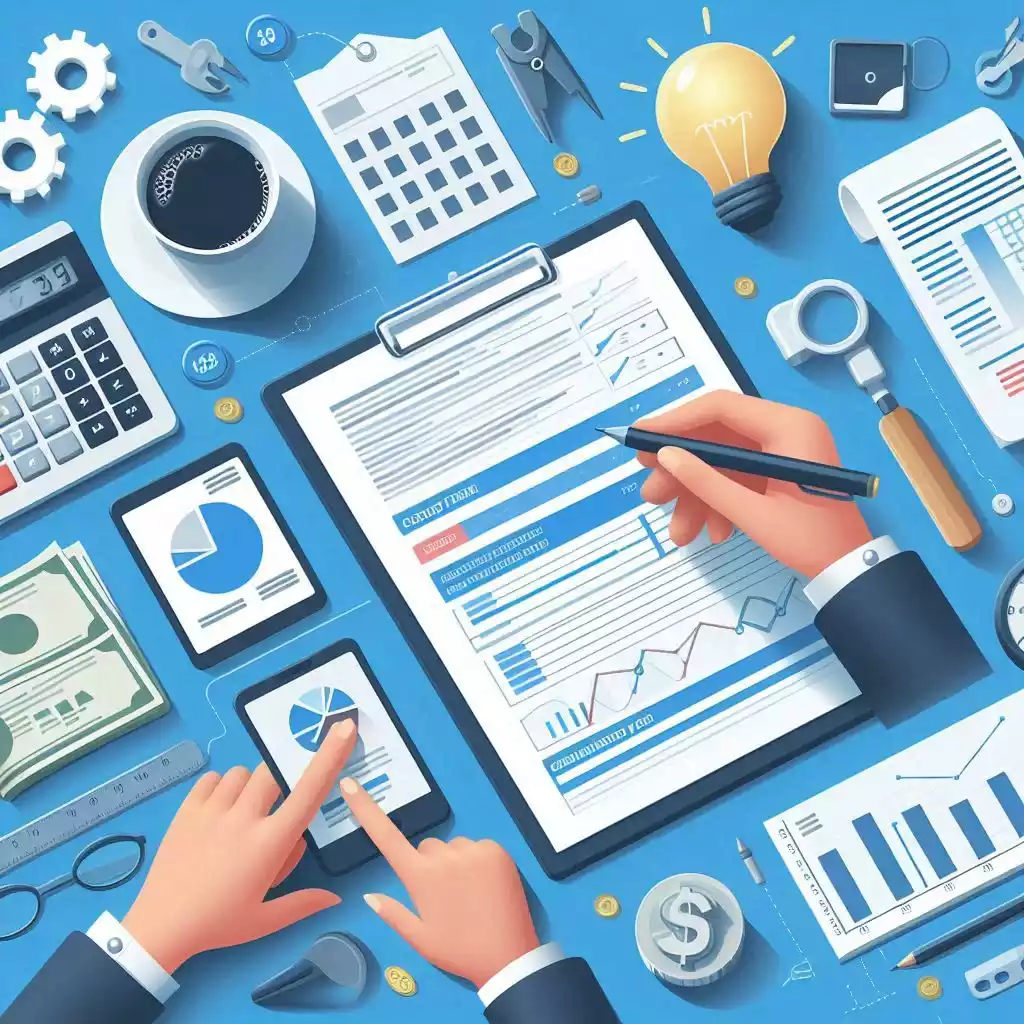Managing a project effectively begins with proper budgeting. A well-structured project budget not only ensures that resources are allocated efficiently but also provides a clear roadmap for financial oversight. In this article, we will walk you through the essential elements of a project budget template, the importance of proper budgeting, and advanced techniques to create a template that stands out for both simplicity and utility.
1. Understanding the Role of a Project Budget
A project budget serves as the financial blueprint for any project. It helps:
- Align resources with project goals.
- Avoid unnecessary expenses by ensuring accountability.
- Provide stakeholders with a transparent breakdown of costs.
- Mitigate risks associated with cost overruns.
An effective project budget template is not a one-size-fits-all solution. It should be tailored to the project’s unique requirements while adhering to general principles of clarity and comprehensiveness.
2. Essential Components of a Project Budget Template
2.1 Project Information
The foundation of any project budget template is its basic information. This section provides an overview and context, ensuring everyone involved understands the project’s scope and objectives.
- Project Name: Clearly state the project title to avoid confusion.
- Project Manager: Identify the individual responsible for overseeing the project.
- Project Duration: Specify the start and end dates to define the timeline.
- Project Description: Briefly outline the project’s goals, expected outcomes, and key deliverables.
2.2 Budget Summary
A concise budget summary provides a high-level view of the project’s financials. Include:
- Total Budget: The total amount allocated for the project.
- Allocated Funds: A breakdown of how much has been assigned to specific tasks or phases.
- Contingency Reserve: A reserve amount for unexpected expenses, typically a percentage of the total budget.
- Approval Date: The date when the budget was approved.
2.3 Detailed Cost Breakdown
Breaking down costs into categories ensures every expense is accounted for. This section includes:
Personnel Costs
- Salaries for project team members.
- Payments to consultants or contractors.
- Training and professional development expenses.
Material and Equipment Costs
- Equipment purchases, such as machinery or software tools.
- Office supplies and consumables.
- Maintenance or leasing fees for rented equipment.
Operational Costs
- Rent and utilities for project locations.
- Communication costs, including internet and phone expenses.
- Transportation and travel for team members.
Marketing and Advertising Costs
- Campaign expenses, including digital and traditional advertising.
- Costs for promotional events or materials.
- Subscriptions to digital marketing tools.

Miscellaneous Costs
- Unforeseen expenses.
- Additional costs not covered in other categories.
3. Advanced Techniques for Budget Optimization
To create a robust project budget template, consider integrating advanced financial management practices:
- Cost Estimation Tools: Use tools like Excel templates, project management software, or AI-driven financial planning tools to predict costs accurately.
- Scenario Analysis: Develop best-case, worst-case, and most likely financial scenarios to prepare for potential changes.
- Regular Updates: Ensure the budget is reviewed and updated throughout the project lifecycle to reflect real-time adjustments.
4. Aligning Budget with Project Timeline and Milestones
Aligning budget allocations with key project milestones ensures efficient financial management. Use a table to track progress:
| Milestone | Estimated Cost | Completion Date |
|---|---|---|
| Example Milestone 1 | $10,000 | MM/DD/YYYY |
| Example Milestone 2 | $15,000 | MM/DD/YYYY |
This approach fosters transparency and enables better decision-making during the project’s execution phase.
5. Identifying and Securing Funding Sources
Funding is a critical aspect of budgeting. Clearly define and document sources of funding:
| Source | Contribution Amount | Percentage of Total |
| Internal Funds | $50,000 | 50% |
| External Grants | $30,000 | 30% |
| Sponsorships | $20,000 | 20% |

6. Importance of Contingency Planning
Every project encounters unexpected challenges. Allocating a contingency reserve ensures you’re financially prepared to address:
- Delays in deliverables.
- Cost overruns due to inflation.
- Unplanned resource requirements.
7. Real-World Examples of Budget Implementation
Case studies can illustrate effective budgeting strategies. Consider these scenarios:
- Construction Project: A $1 million project allocated 10% to contingency reserves and utilized monthly budget reviews to remain on track.
- Marketing Campaign: A digital campaign successfully minimized costs by leveraging AI tools to predict ROI and allocate resources efficiently.
8. Approval and Documentation
Finalize the budget by securing approvals from key stakeholders. Use a clear format for sign-off:
| Role | Name | Signature | Date |
| Project Manager | [Insert Name] | [Insert Signature] | MM/DD/YYYY |
| Financial Officer | [Insert Name] | [Insert Signature] | MM/DD/YYYY |
| Stakeholder | [Insert Name] | [Insert Signature] | MM/DD/YYYY |
9. Business Rules for Budget Management

Adhering to standard business rules ensures consistency and accountability in project budgeting:
- Budget Accuracy: All cost estimates must be justified with documentation.
- Periodic Reviews: Conduct regular budget reviews to identify and address deviations.
- Approval Hierarchy: Ensure all budget changes are approved by designated stakeholders.
- Transparency: Maintain clear records of all expenditures and funding sources.
- Compliance: Adhere to organizational financial policies and legal regulations.
10. FAQs on Project Budget Templates
Q1: What is the purpose of a project budget template? A: It provides a financial framework to plan, monitor, and control project expenditures, ensuring alignment with project goals.
Q2: How do I handle unforeseen expenses in a project budget? A: Allocate a contingency reserve (typically 5-15% of the total budget) to cover unexpected costs.
Q3: Can a project budget be revised? A: Yes, but revisions must be approved by stakeholders and documented clearly to maintain accountability.
Q4: What tools can I use to create a project budget template? A: Tools like Microsoft Excel, Google Sheets, and project management software such as Trello or Asana are popular choices.
Q5: How often should a project budget be reviewed? A: Regular reviews are recommended at major milestones or monthly, depending on project complexity.
12. Final Thoughts
A project budget template is not just a financial document; it’s a strategic tool that ensures project success. By following the steps outlined in this guide, you’ll create a comprehensive, clear, and adaptable template that meets the needs of any project. Regular updates, stakeholder involvement, and advanced planning techniques will further enhance the utility of your budget.
Incorporate these principles into your next project, and you’ll be well on your way to achieving your goals within budget and on time.

